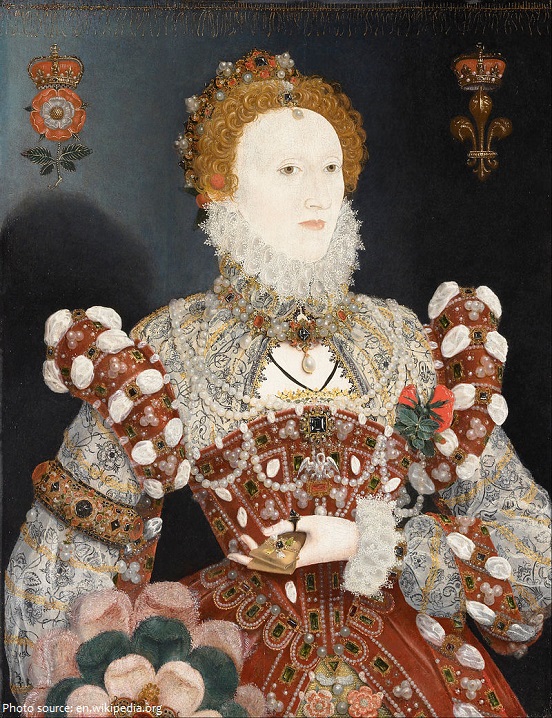Lead is a chemical element with the symbol Pb and atomic number 82.
The symbol Pb for lead is an abbreviation of the Latin word for lead, plumbum.
It is an extremely dense but malleable metal that is very resistant to corrosion.
Lead is a heavy metal. The term heavy metal refers to any metallic chemical element that has a relatively high density and is toxic or poisonous at low concentrations.
The melting point of lead is 327.5 °C (621.5 °F) which is very low compared to most metals.
Freshly cut solid lead has a bluish-white color that soon tarnishes to a dull grayish color when exposed to air; as a liquid, lead has a shiny chrome-silver luster.
By far the most important use of lead is in storage batteries, with the production of antiknock gasolines, pigments, ammunition, solder, and plumbing materials following.
Lead has nearly the same abundance in Earth’s crust as tin about 0.001 percent.
It can be found in the Earth’s crust in its native, metallic form, but it is mostly found in ores.
Metallic lead beads dating back to 7000–6500 BC have been found in Asia Minor and may represent the first example of metal smelting.
Lead is mentioned often in early biblical accounts. It is described in some of the oldest books of the Old Testament and was widely used by some early civilizations.
The Ancient Egyptians were the first to use lead minerals in cosmetics, an application that spread to Ancient Greece and beyond; the Egyptians may have used lead for sinkers in fishing nets, glazes, glasses, enamels, and for ornaments.
The Babylonians used the metal as plates on which to record inscriptions.
The Romans used it for tablets, water pipes, coins, and even cooking utensils; indeed, as a result of the last use, lead poisoning was recognized in the time of Augustus Caesar
In the European and Arabian traditions of alchemy, lead was considered an impure base metal which, by the separation, purification and balancing of its constituent essences, could be transformed to pure and incorruptible gold.
In medieval times, lead came to be used for roofing, coffins, cisterns, tanks, and gutters, and for statues and ornaments. Another early use of lead was for the strips joining the pieces of colored glass in church windows.
Lead, in the form of Venetian ceruse (skin whitener), was extensively used in cosmetics by Western European aristocracy as whitened faces were regarded as a sign of modesty.
Elizabeth I of England was commonly depicted with a whitened face. Lead in face whiteners is thought to have contributed to her death.
In the New World, lead production was recorded soon after the arrival of European settlers. The earliest record dates to 1621 in the English Colony of Virginia, fourteen years after its foundation.
In the second half of the 18th century, Britain, and later continental Europe and the United States, experienced the Industrial Revolution. This was the first time during which lead production rates exceeded those of Rome.
In 1993, the base of the Leaning Tower of Pisa was stabilized with 600 tonnes of lead.
It is used in scuba diving weight belts to counteract the diver’s buoyancy.
Lead is an established shielding material from radiation in nuclear science and in X-ray rooms due to its denseness and high attenuation coefficient.
Pencils historically never had lead in them, they in fact always had graphite. When graphite was discovered, it was thought to be a form of lead, hence calling it “lead” in the pencil.






